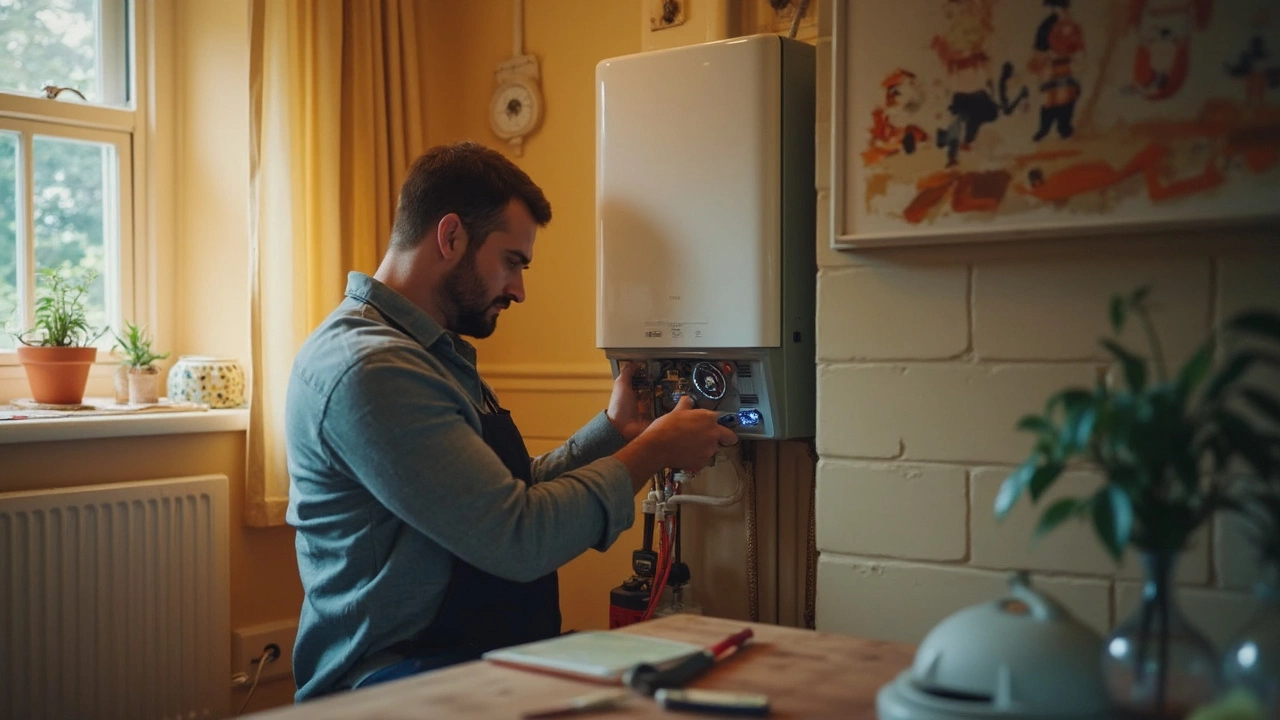DIY Water Heater: Quick Fixes & Safety Tips
If your hot water has gone cold or the heater keeps tripping, you don’t have to panic. Most problems are small enough to handle yourself, and a few minutes of work can save a call‑out fee. Below is a straight‑forward plan that gets you warm again without risking your safety.
When to Reset Your Water Heater
The reset button on an electric water heater is there for a reason. It trips when the thermostat gets too hot, protecting the heating element. Before you press it, turn the power off at the breaker – this stops any stray voltage and protects you from shock. Wait a minute, then push the button firmly. If the button stays in, turn the breaker back on and test the hot water. If it pops right away, the heater is still overheating and you need to investigate further.
DIY Troubleshooting Checklist
1. Check the power supply. Make sure the breaker hasn’t tripped and that the heater’s power cord isn’t loose. A simple reset at the fuse box often solves the issue.
2. Inspect the thermostat. Many heaters have two thermostats – a high‑limit and a regular one. If one is set too low, the water will stay lukewarm. Adjust the dial a few degrees and see if that helps.
3. Look for a leaky pressure valve. A leaking valve can cause the tank to lose pressure, leading to cold water. Tighten the valve or replace the washer if you spot a drip.
4. Flush the tank. Sediment builds up over time and can cause the heating element to overheat. Turn off the power, attach a garden hose to the drain valve, and let the water run until it’s clear. This simple maintenance can extend the life of your heater by years.
5. Test the heating element. If the water stays cold after a reset, the element might be burnt out. With the power off, remove the access panel, unscrew the element, and check it with a multimeter for continuity. No reading means the element needs replacement – a relatively easy DIY swap.
6. Check for gas issues (if you have a gas heater). Make sure the pilot light is lit and the gas valve is open. If the pilot won’t stay lit, the thermocouple may be dirty or faulty and needs cleaning or replacement.
7. Watch for strange noises. Rumbling or popping sounds often mean a buildup of sediment. Flushing the tank, as mentioned earlier, usually quiets it down.
When you’ve walked through this list and the heater still won’t produce hot water, it’s time to call a professional. Trying to repair a faulty gas valve or a cracked tank yourself can be dangerous and may void warranties.
Remember, safety comes first. Always turn off power or gas before opening any part of the heater, wear gloves, and never work in a wet environment. If you’re ever unsure, a qualified technician will spot the problem faster and keep you safe.
By performing these quick checks, you’ll keep your water heater running smoothly and avoid costly service calls. A little regular care – resetting the button, flushing the tank annually, and watching the thermostat settings – goes a long way toward a reliable supply of hot water for your home.
